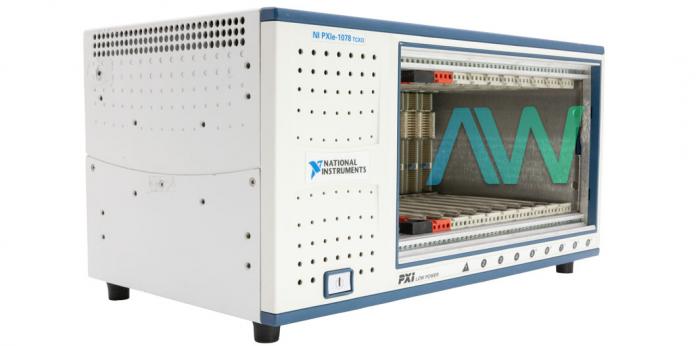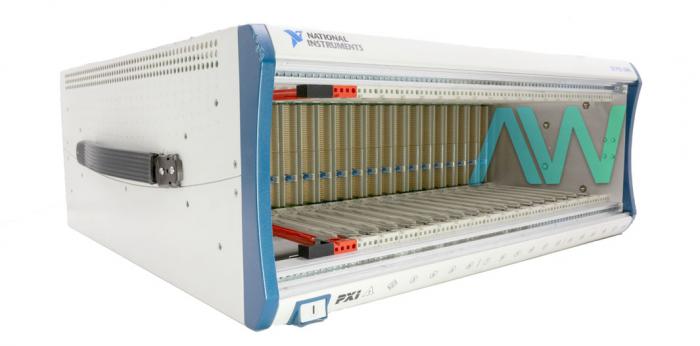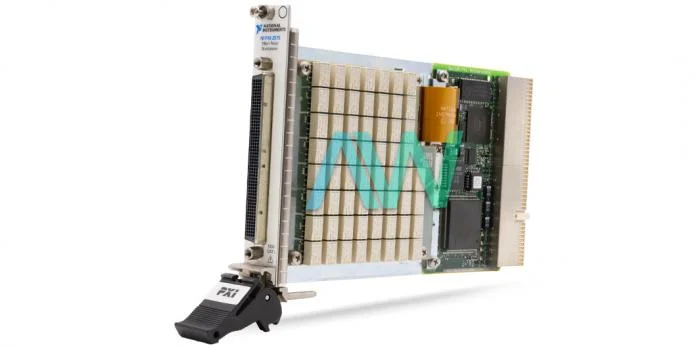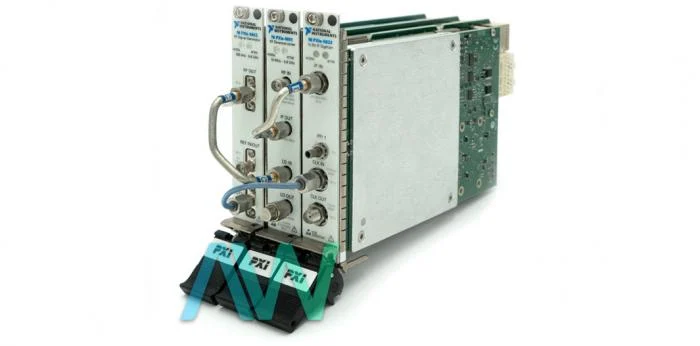In the world of test and measurement, precision and flexibility are paramount. Two prominent modular instrumentation platforms, PXI (PCI eXtensions for Instrumentation) and PXIe (PXI Express), have been developed to meet these needs. While they share some similarities, they also have critical differences that can significantly impact your testing setup.
1. Bus Architecture
PXI: PXI relies on the traditional PCI (Peripheral Component Interconnect) bus architecture. This means data transfer within the PXI system occurs using the PCI bus.
PXIe: PXIe, on the other hand, takes advantage of the high-speed PCIe (Peripheral Component Interconnect Express) bus architecture. PCIe offers considerably faster data transfer rates compared to the older PCI bus, which translates to enhanced performance.
2. Data Transfer Rates
PXI: With the PCI bus, PXI offers a maximum data transfer rate of around 132 MB/s per slot. This is suitable for many applications but may fall short for high-bandwidth tasks.
PXIe: PXIe shines in this department, offering significantly higher data transfer rates. It can provide up to 8 GB/s per slot using PCIe Gen 3.0. This makes it the preferred choice for applications that demand high data bandwidth.
3. Backward Compatibility
PXI: Typically, PXI modules are not compatible with PXIe slots due to the differences in bus architectures. However, some PXI chassis feature hybrid slots that support both PXI and PXIe modules to offer a degree of backward compatibility.
PXIe: PXIe chassis often come equipped with hybrid slots that can accept both PXIe and PXI modules, offering more flexibility in module selection.
4. Module Size
PXI: PXI modules are generally larger in size compared to PXIe modules. This can be a consideration if space within the chassis is limited.
5. Cost
PXI: In general, PXI modules and chassis tend to be more budget-friendly compared to their PXIe counterparts. This makes PXI an attractive option for applications where high data transfer rates are not a primary concern.
6. Application Suitability
PXI: PXI is well-suited for a broad range of test and measurement applications. It’s an excellent choice when high data bandwidth is not critical or when budget constraints are a concern.
PXIe: PXIe shines in high-speed and high-bandwidth applications. It’s the go-to platform for tasks like RF and microwave testing, digital communication testing, and other demanding applications that require substantial data throughput.
When to Choose PXI
> Budget Constraints: If your project has budget constraints and doesn’t demand extremely high data transfer rates, PXI can be a cost-effective choice. You can still accomplish a wide range of test and measurement tasks with PXI, especially if your application doesn’t require massive data bandwidth.
> General–Purpose Testing: PXI is suitable for general-purpose testing and measurement applications where the emphasis is not on high-speed data transfer. This includes tasks like voltage and frequency measurements, sensor testing, and basic signal analysis.
> Legacy Systems: If you have an existing PXI setup or older PXI modules, it might be more practical to stick with PXI to maintain compatibility and avoid unnecessary expenses. You can consider upgrading to PXIe gradually as your needs evolve.
> Space Constraints: In scenarios where space within your testing setup is limited, PXI’s larger module size may be more manageable compared to the larger form factor of PXIe modules.
When to Choose PXIe:
> High-Bandwidth Applications: PXIe excels in applications that demand high-speed data transfer and substantial bandwidth. This includes tasks like RF and microwave testing, high-frequency signal analysis, and advanced communication protocols.
> Future-Proofing: If you anticipate that your testing requirements will grow or evolve to include high-bandwidth tasks, investing in PXIe can be a strategic move. Its PCIe-based architecture offers room for scalability and future expansion.
> Backward Compatibility Needs: If you have a mix of both PXI and PXIe modules or anticipate needing compatibility with both, choosing a PXIe chassis with hybrid slots can provide the flexibility to accommodate various module types.
> Industry Standards: Consider industry-specific standards and requirements. Some industries, such as aerospace and telecommunications, may have specific standards that recommend or require PXIe for certain types of testing.
> Signal Integrity: For applications where signal integrity is critical, such as high-speed digital testing or ultra-low noise measurements, PXIe’s improved data transfer rates and performance may be essential.
> Collaborative Projects: If you plan to collaborate with other organizations or researchers who predominantly use PXIe, opting for PXIe can streamline compatibility and data exchange.
In conclusion, the choice between PXI and PXIe ultimately depends on the specific requirements of your test and measurement application. Assess your priorities and select the platform that aligns best with your testing and measurement objectives. Understanding these differences empowers you to select the platform that best suits your testing needs!











